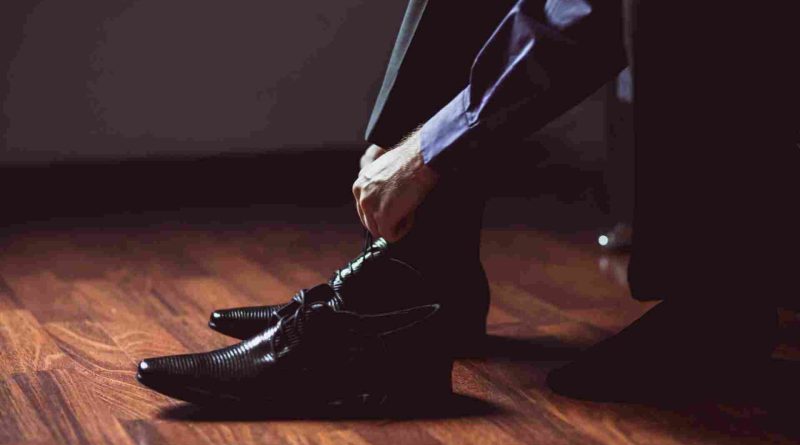Resurgence of Formal Footwear: A Shift in Men’s Fashion Trends
The era of sneaker supremacy has reached its end. Formal footwear is experiencing a resurgence in the post-Covid era.
PARIS: Once relegated to the domain of intellectuals and traditionalists, loafers, moccasins, and other formal shoes are increasingly becoming the preferred choice for style-savvy men.
Romain Costa, a 32-year-old architect from Paris, finds himself confronted with a plethora of footwear options in his Montmartre apartment: robust black loafers with sturdy soles, eccentric brogues in vibrant hues, leather or suede, adorned with tassels or left bare…
Ultimately, he settles on a tricolor pair, pairing them with loose-fitting jeans and an oversized black sweater, before hopping onto his bicycle and setting off for work.
For him, sneakers were reminiscent of his teenage years as a skater.
“I prefer the sophistication of adult footwear. In professional settings, it instills confidence in clients and lends an air of seriousness to my demeanor,” he confided to AFP.
“And they age gracefully compared to sneakers,” he remarked.
Loafing Trends
While the sneaker craze of the past decade remains prevalent, there are indications of a slowdown.
Data from the Business of Fashion website revealed that 45 percent of affluent American and British men were intending to invest in dress shoes in 2023, compared to approximately a third who favored sneakers.
Formal styles are gracing red carpets and runways, endorsed by trendsetters such as rapper ASAP Rocky and US actor-director Donald Glover.
French designer Simon Porte Jacquemus, currently in vogue, opted for black loafers himself and dressed his models in them for his recent December show, despite his high-profile collaboration with Nike on sneakers.
However, some still struggle to shake off the old associations.
“You won’t find loafers at a Hermes show,” remarked Pierre Hardy, head of shoe design at the French label. “They were perceived as the shoe of the preppy, conservative right.”
While they may not align with the runway aesthetic, Hermes continues to produce and sell loafers, a trend Hardy attributes to the surge in demand post-lockdown.
“After the period of confinement, people grew weary of the pervasive coziness. Now, with the freedom to venture out, there’s a desire for elegance and sophistication,” he explained.
Mix and Match
Across the English Channel, upscale department store Browns has observed a discernible shift from trendy sneaker styles to more formal footwear, according to menswear manager Thom Scherdel.
“As sneakers become less prominent on the runway, customers are taking notice, with many opting to blend casual and sartorial pieces in their wardrobe,” he informed AFP.
This marks a significant departure from the past: wearing formal shoes not only with suits but also with sportswear, overalls — even shorts.
“There’s a revival of formal tailoring, now with a nod to comfort, as people have become accustomed to loungewear and are reluctant to return to restrictive clothing,” noted Hugues Fauchard of Uniforme, a youthful label collaborating with shoemaker Weston on contemporary iterations of its classic loafer.
“Another crucial aspect is the durability of formal footwear compared to trainers, which often wear out quickly and are challenging to repair,” he emphasized, highlighting Weston’s lifetime repair service.
“We must move away from disposable fashion.”
It’s a natural progression within the fashion cycle, as the saturation of new sneaker releases and exorbitant resale prices (a pair of Nikes co-designed and worn by Kanye West fetched $1.8 million in 2021) have reached absurd heights.
“Sneakers became ubiquitous across all occasions and age groups, overshadowing other footwear options that offered sturdier support for men,” observed fashion historian Olivier Saillard in conversation with AFP.
“But in fashion, every trend experiences a rebound effect.”

